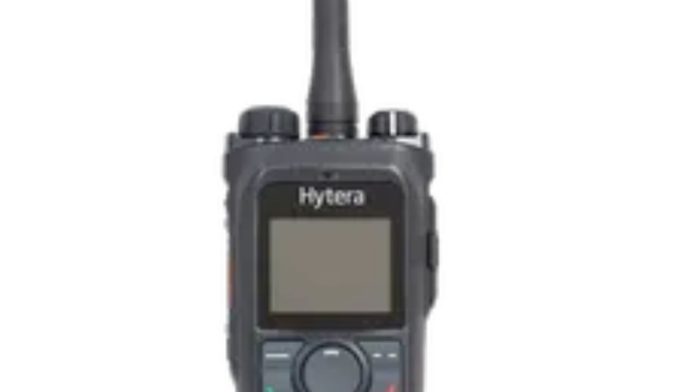Originally developed as a military device during World War II, the walkie-talkie has evolved into a durable and adaptable communication tool. With a straightforward push-to-talk mechanism, these small and lightweight two-way radios enable instantaneous communication and real-time message sending and receiving.
The simple design of walkie-talkies, which usually consist of an antenna, microphone, and speaker, makes them dependable and simple to operate. To know more about walkie talkie see this page. Walkie-talkies are useful in a variety of situations, from work-related ones like construction sites and security operations to outdoor ones like hiking and camping.
Walkie-Talkies: Are They Digital Or Analog?
The technology used for signal transmission determines whether a walkie-talkie is analog or digital. Continuous waveforms are used by analog walkie-talkies to transmit audio signals across radio frequencies. These conventional gadgets, which have been around for a while, are known for being widely accessible and straightforward.
Conversely, audio signals are converted into binary code (0s and 1s) by digital walkie-talkies before being transmitted. Among the many benefits of digital technology are improved privacy features, higher-quality audio, and the capacity to send data in addition to voice calls. Digital walkie-talkies are getting more and more common, particularly in the workplace and industrial environments where sophisticated features are prized.
I Take Care Of and Maintain My Walkie-Talkie
Your walkie-talkie’s lifespan can be increased and dependable performance can be ensured with proper maintenance and care. This is a comprehensive guide on how to keep your walkie-talkie in good working order:
General Care:
For manufacturer instructions, see the handbook. Avoid overcharging when charging or replacing batteries on a regular basis. Utilize high-grade rechargeable batteries. When not in use, turn it off. Make sure the antenna is firmly fixed, and do not cut or bend it. Use a gentle, moist cloth to clean; stay away from harsh chemicals.
Environmental Considerations:
Verify gaskets and seals for water resistance; if not intended for submersion, do not submerge. Keep out of the severe weather to extend the life of your batteries. Physical Handling: To reduce damage from drops, use a protective case; stay away from physical impacts. Software and Programming: Make sure the walkie-talkie is correctly programmed for its intended use and periodically check for firmware updates. Communication etiquette: Use the appropriate channels and adjust the volume accordingly. Check for wear or damage on a regular basis, and for troubleshooting advice, consult the handbook.
Physical Handling:
To prevent unintentional falls and impacts, use a protective case. Steer clear of handling the walkie-talkie roughly. When the device is not in use, secure it. Take care of the surroundings to avoid dents or scratches. Attaching a lanyard can help reduce the chance of dropping something. Check for wear, damage, and loose parts on a regular basis. These procedures help the walkie-talkie last longer and continue to function well under different circumstances.
Software and Programming:
Check for firmware updates frequently to gain access to new features and enhance performance. Make sure the walkie-talkie is set up properly for your unique communication requirements. Observe the software upgrade instructions provided by the manufacturer. Learn how to program by following the instructions provided in the user manual. Verify that any modifications correspond with the intended use. Keep up with software developments that could improve functionality or fix possible problems, resulting in optimal performance and suitability for changing communication needs.
Communication Etiquette:
Follow the guidelines for channel usage, steering clear of pointless chats on emergency channels. Make the necessary volume adjustments to avoid disruptions and preserve battery life. Observe established codes and protocols for communication. When sharing information, exercise caution and, if needed, maintain confidentiality. Learn the conventions of group communication so that you can lead productive discussions.
Troubleshooting:
Examine the walkie-talkie frequently for indications of wear, loose components, or damage. To ensure proper operation, test each function on a regular basis. If you run into problems, refer to the user manual for advice on how to fix things. Resolve any issues found right away to stop additional harm. Keep yourself updated about typical issues related to that particular walkie-talkie model.
Conclusion
Maintaining and extending the life of your walkie-talkie requires careful attention to detail. Together, these practices which range from making sure that batteries are managed properly and are physically protected to following proper communication protocol and keeping up with software updates all go toward making a communication tool that is dependable and efficient. Consistent inspections, following instructions, and prompt troubleshooting improve the walkie-talkie’s performance.














